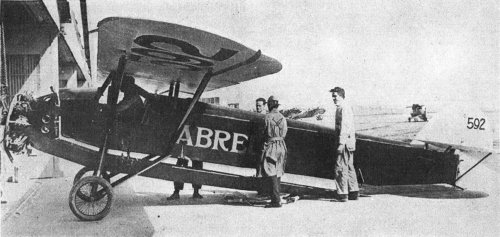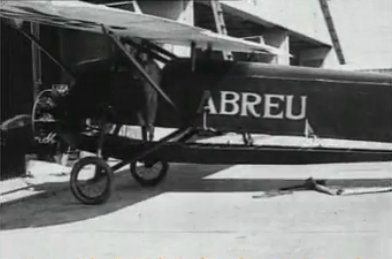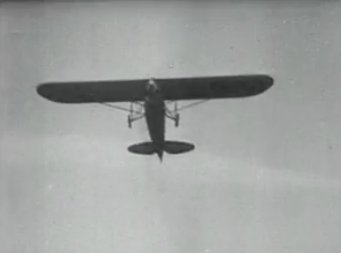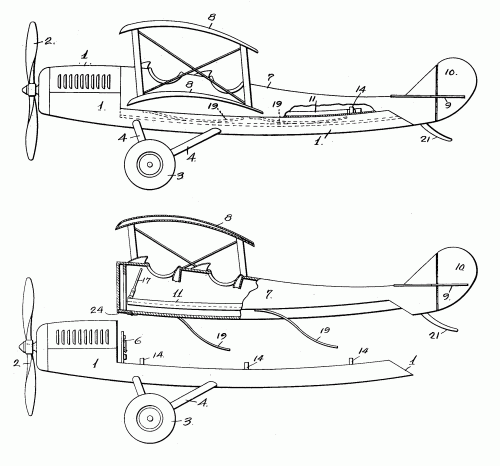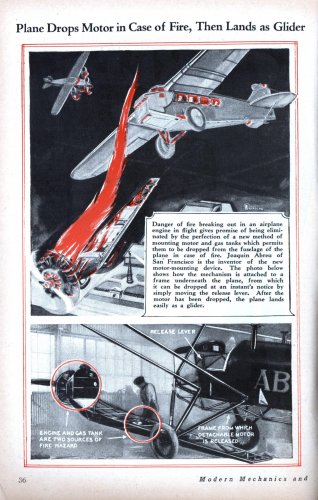- Joined
- 25 June 2009
- Messages
- 13,711
- Reaction score
- 2,871
Joaquin Silveira Abreu was a San Francisco engineer who designed in 1926 a unique safety biplane design in which the engine and lower fuselage could be dropped by the pilot in case of trouble to glide to safety.
The following year he designed an airship using aircraft as propelling units, which could detach and operate separately.
In 1929, Abreu's search of a safety plane resulted in the development of the AE-5, powered by a 90hp LeRhône rotary engine. Built by the Aeronautical Engineering Co. in Oakland, the AE-5 was similar to his 1926 design except for its parasol wing configuration.
The AE-5 was built to validate Abreu's invention; unfortunately it crashed during tests in Alameda. The powerplant dropped into a sand dune, and pilot Reed Vowles overturned the plane when he landed in rough ground a short time later. He was unhurt but the plane was damaged, and Abreu apparently didn't pursue his dream of a safety plane any further.
The following year he designed an airship using aircraft as propelling units, which could detach and operate separately.
In 1929, Abreu's search of a safety plane resulted in the development of the AE-5, powered by a 90hp LeRhône rotary engine. Built by the Aeronautical Engineering Co. in Oakland, the AE-5 was similar to his 1926 design except for its parasol wing configuration.
The AE-5 was built to validate Abreu's invention; unfortunately it crashed during tests in Alameda. The powerplant dropped into a sand dune, and pilot Reed Vowles overturned the plane when he landed in rough ground a short time later. He was unhurt but the plane was damaged, and Abreu apparently didn't pursue his dream of a safety plane any further.

